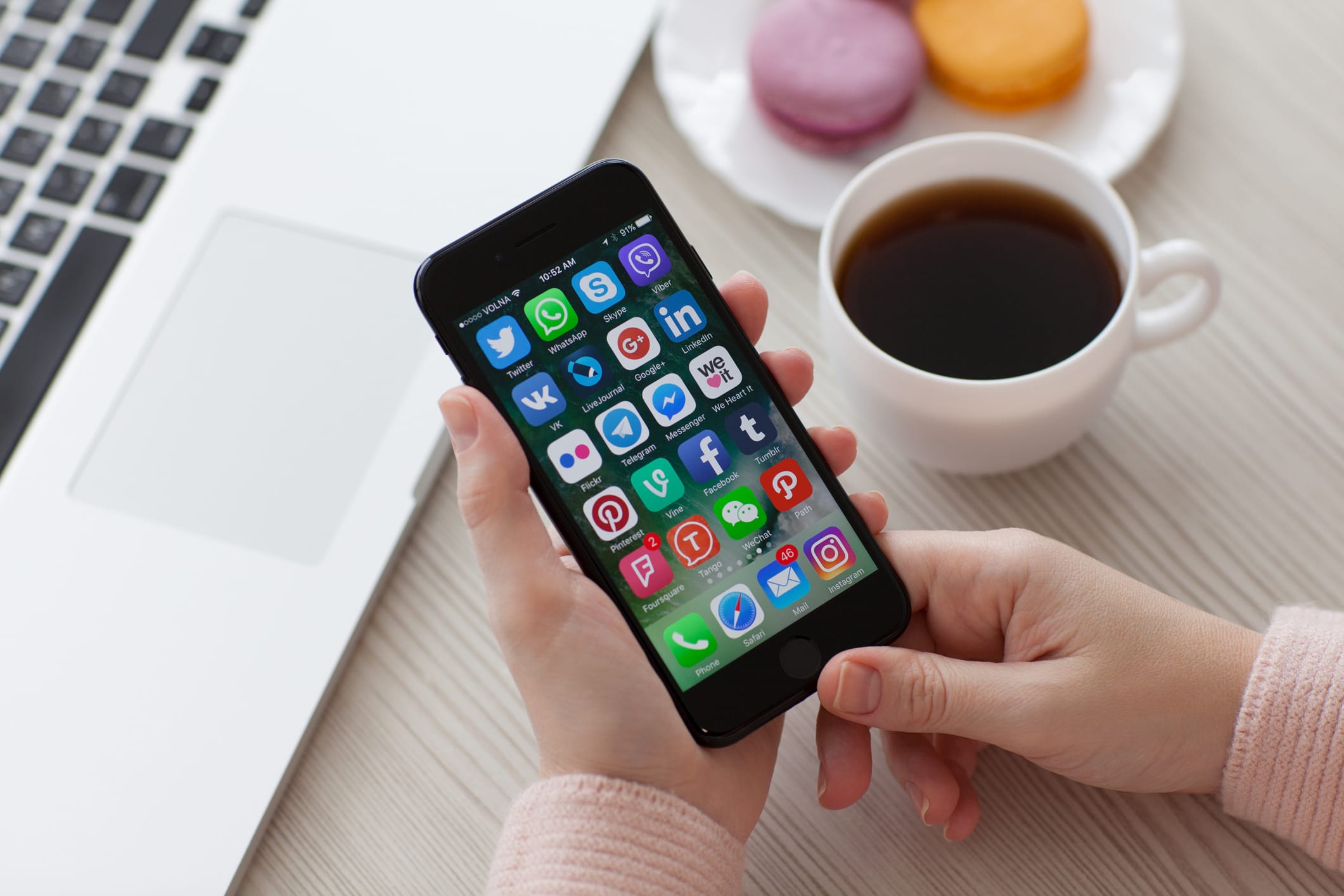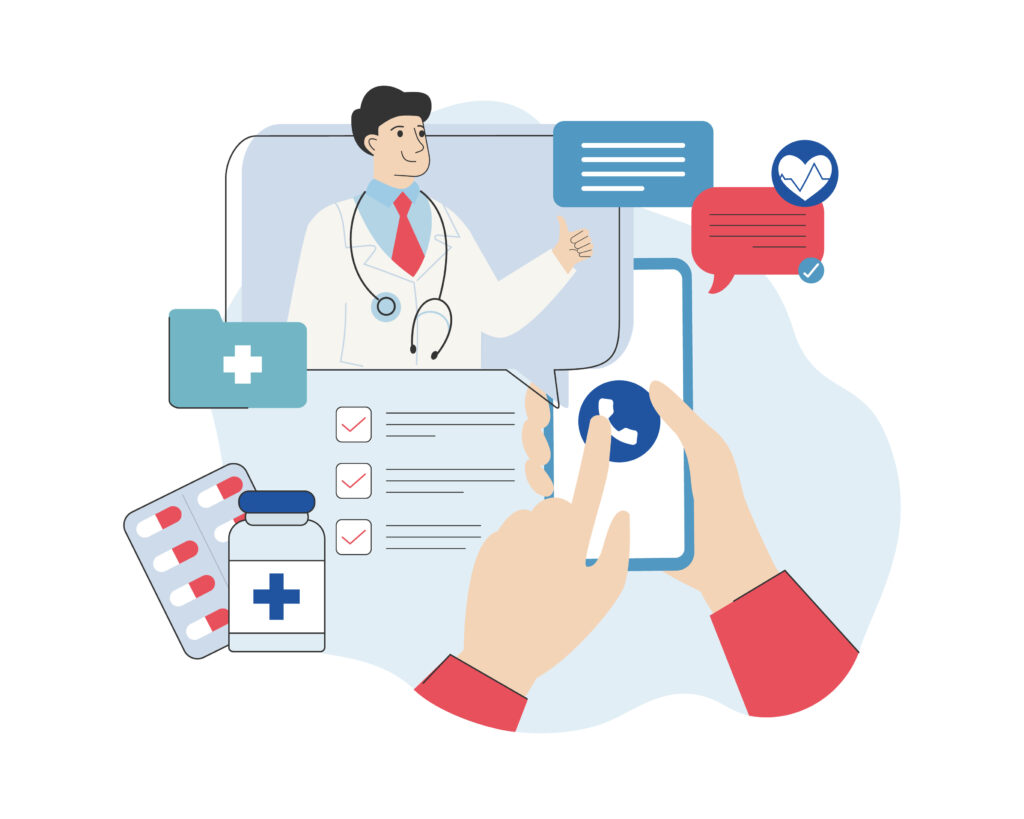If you’ve ever spent time working in sales, you know the one thing that’s important is to make sure your customers know you’re there and available to them. Usually, that means greeting the customer quickly and asking how you can help them. It works when you’re in person, or speaking to a customer over the phone, but when it comes to social media? There’s not really an easy way to do that.
If people are visiting your Facebook Page, that’s wonderful. But, the reality is, many of them are going to ignore your call to action, whether it be to contact you, visit your shop, or click something to learn more – if they even see it in the first place. Social media lacks in providing an effective way to welcome your users and start a conversation – but Facebook Messenger Ads change that.
They focus on starting a conversation between you and your audience… so get ready to learn about what they are, why you should be using them, and how to create them.
Overview
What are Facebook Messenger Ads?
There are two types of Messenger ads: destination messenger ads and sponsored messages. Both are intended to either start or continue conversations with users interacting with your page. Facebook is also testing another kind of ad that work like Newsfeed style ads.
Destination Messenger ads appear in the Newsfeed like regular ads, with the intention of getting users to reach out to you via Messenger. The call to action reads “Send Message” and when a user clicks it, it will take them from the Facebook Newsfeed and open a message with you.
Sponsored Messages are part of the Facebook chatbot program, and allow you to deliver messages directly to users’ inboxes. This increases the chance they’ll read the entire message, which can help drive conversation. Using messages to remind people to use your coupon codes can also help drive sales.
Facebook has been testing newsfeed style ads in Messenger, with them expected to hit users soon. These will only be available to target people who’ve already used Messenger to contact you. Since the ad type is so new, it’s hard to talk about right now. I’ll write another piece soon, and come back to link it here when it’s ready.
Benefits of Messenger Ads
It’s easy to send massive messages to everyone on social media, but when it comes to building relationships, the personal touch just isn’t there. But, with this approach, you can start private conversations with your users, to give them a better, more personalized customer service experience. Having a chance to talk with them one on one and answer questions they may have builds a stronger relationship.
You can use your customer service team, rely completely on the Facebook chatbot, or use a combination of the two. The ads will let you pull customers into conversations where you can sell them something. Chatbots can take care of the entire process from start of finish, and the customer never even has to leave messenger.
Social media has branched away from the “social” aspect that’s essential to it. But, you can use messenger ads to bring it back to what social media is about – building relationships and connecting with people. The ads serve as that warm welcome, to let your customers know you’re available and ready to help them. It also lets them know you’re responsive.
Newsfeed vs. Messenger Placement
Newsfeed placements for messenger destinations are more available, since it’s easy to get cold traffic in your messenger with those ads. Since you can only use Sponsored messenger ads with people who’ve already messaged you, it stands to reason that the newsfeed messenger ads will have more benefits. However, this could change as sponsored messages become more widespread.
You’ll be able to target users who have looked at specific pages on your website, and encourage them to ask you questions through messenger. This could help increase conversions simply because you’re better able to address any issues or hesitations they may have.
Creating Destination Messenger Ads
To create a Destination Messenger ad, you can use the Ads Manager or the Power Editor just like you’d do if you were going to create any other ad. However, Instagram doesn’t allow you to run ads with the call to action “Send Message” so it is best to only run this campaign on Facebook ads with a Newsfeed placement. Customize your copy and images to focus on this.
You’ll only be able to choose “Local Awareness” for your campaign objective to use this call to action. Right now, even the standard “Brand Awareness” objective doesn’t allow for it. Once you choose that, you’ll be able to set up some basic demographic information such as geographic region, age range, and gender. The targeting options are far more limited here than with other Facebook ad options, but they still allow you to reach a local audience.
If you want to create a traffic campaign, you can target with the full range of options, and then choose Messenger as your destination rather than your website.
Creating Sponsored Messages Ads
To create this kind of ad, you’ll first need to create an audience of users who’ve engaged with you in the past. Create a new custom audience. Choose to create an audience based off of engagement on Facebook, then choose your page. From there, choose “people who sent a message to your page.” You can choose to target users based on the time frame when they sent you a message, from within the past month or even the past year. Then, choose Messenger for the placement.
Continue to create the ad as you normally would, but be aware that you can only choose a single image format.
Because Facebook is still ultimately focused on creating a great user experience for its members, it’s important to remember that you can’t spam your audience once they’ve started interacting with you on Messenger, either through personal or bot communication. Facebook has given users the option to block bots from sending messages should they decide they no longer want to receive your content. If you send too many messages, you not only risk losing a customer, but also being penalized by Facebook.
Creating a Facebook Conversion Funnel
Your Facebook conversion funnel could easily look a little something like this:
- Target customers with messenger as a destination ads.
- Engage those customers with a basic bot that notifies them of new products, or drives them to relevant landing pages where they can get your offers.
- Add the Facebook pixel to those landing pages and their ‘thank you’ pages.
- Create a remarketing campaign that delivers sponsored messages to the audiences that have visited your landing page, but didn’t go all the way through to your thank you page. This allows you to attempt to convert them again using your bot. Using this approach means your prospect will get a notification in their Facebook inbox, making them more likely to see it than they would be to see a regular Facebook ad.
- Get those new leads to convert again but sending sponsored messages to audiences that have made it to your thank you page so they can get additional resources to push them further than down the funnel. It could be an upsell or cross-sell, or a demo or case study in the case of free resources.
Yes, it will take a bit of time to set up, but once the machine is up and running it can guide prospects to conversion practically automatically. What’s not to love about that?
Billions of Messages are Sent to Businesses Every Month
Users send more than 1 billion messages to business pages every month. If you’re not using that platform to market your products or services, or at the least provide customer service to fans and customers, you could be missing out. If you are using the platform, do you plan on working messenger ads into your campaigns? Why or why not? Share your thoughts below.
4 Comments
Leave a Reply
Contact us today to get the conversation started!











Facebook messenger ads are a great way of doing outbound marketing. It can drive website traffic and allow the target audience to interact directly with the organization. Looking forward to your next post.
Thanks for reading, Shreya!
This ended my frustration for re-marketing to people contacted me via messenger nice post.
Glad to be of service! Thanks for reading.